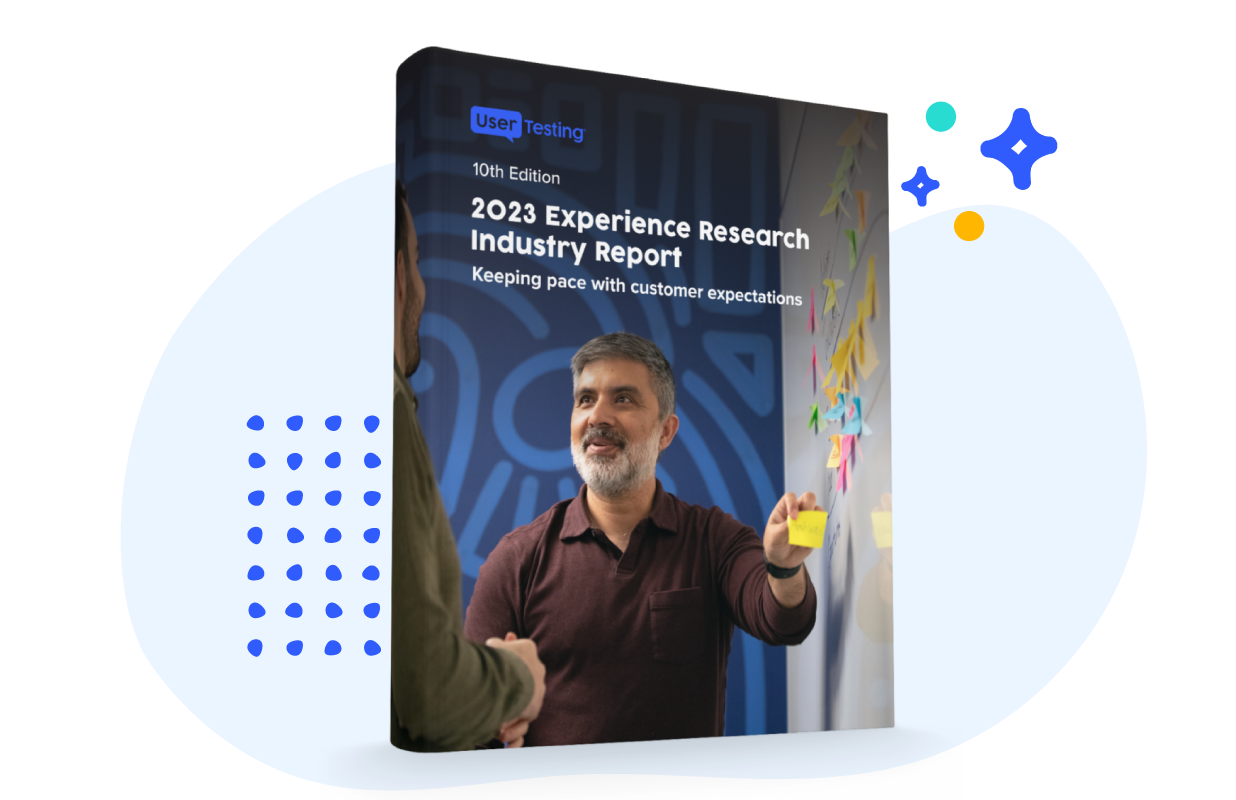
How storytelling brings experiences to life

From childhood, people are naturally drawn to stories. They connect us with the world we live in, help us understand those we interact with, and hopefully, give us a better sense for what life is like for other people. Not only do we appreciate hearing a good story, but it’s also in our nature to tell them—storytelling is one of the first forms of human communication. Whether it was painted on a cave wall or spoken around the campfire, humans have connected with one another through stories for as long as we could communicate with one another. It was no surprise then, when I recently attended Confab’s annual content strategy conference, that the importance of storytelling was a key theme throughout the conference. For those of you not obsessed with content, Confab is a content strategy conference hosted by Brain Traffic, a content consultancy founded by Kristina Halvorson, who co-wrote Content Strategy for the Web and hosts the Content Strategy Podcast. The conference brings together folks that care about content, in all its forms, to learn, network, and advocate for better content experiences. Much to my delight, storytelling was front and center as a key strategy for connecting with your audience, which also happened to be one of the main goals for many content professionals I heard speak or met. It all made perfect sense to me, but then I started to wonder: if storytelling is so natural to us, why is it so hard to get it right? Why do so many companies struggle to find the right voice and tone to genuinely connect with their customers and target audiences? Here’s just a bit of what I learned from this talented group of user-centered professionals.
Words can be scary
As a writer, I spend a lot of time thinking about the stories I tell but don’t often consider what it’s like for others to share theirs. Erika Hall, author of Just Enough Research and Conversational Design and advocate for user-centered and evidence-based design kicked off the main conference with a keynote talk that addressed this head-on. Hall notes that as humans, we’re pretty comfortable talking—we’ve been doing it for a long time. Writing, on the other hand, is a more recent endeavor in the span of human history. The invention of moveable type, and thus, the proliferation of mass-produced literature, was only 569 years ago. That’s not that long when you consider how long we’ve been around.
Written vs. oral communication
But it’s not just the recency of the written word that makes some folks uneasy. Hall points out that the shift from oral storytelling to writing was a dramatic shift from a public, communal, social and contextual means to share knowledge and entertain. Once books came around, however, all those ideas became private and lacked the context that a fluid conversation would have. As a result, literature enabled writers to share their stories in ways far different than how they’d normally speak. The result was often long and tedious tomes that overstated, if not overcomplicated the ideas simply for the sake of having a medium to share the words.
Conversational storytelling
The good news is, writing doesn’t have to be stuffy or long-winded. When designed right, with the user in mind, we can still have conversations with the people interacting with our products—as long as it helps them achieve their goals and isn’t complicating the process (think getting stuck in a call center loop with the automated operator that doesn’t understand you). Hall notes that this is the perfect opportunity for people and computers to join forces to create better experiences. By combining the feelings and flexibility people provide with the rules, retention, patterns, and prediction that computers offer, we’re setting ourselves up for a much more friendly, relatable, and usable experience. Hall wrapped up her talk with this great quote from designer Alan Cooper, which sums up our responsibility as stewards of customer experience nicely,
Computer literacy...is really a euphemism for forcing human beings to stretch their thinking to understand the inner workings of application logic, rather than having software-enabled products stretch to meet people’s usual ways of thinking.
Bring experiences to life through storytelling
No matter what you’re building, chances are a person will interact with it at some point. As the creators of these experiences, we have the opportunity, if not the responsibility, to not only share our own story through design but to consider the stories the people using our products have to tell, too. Storytelling isn’t just about a narrative, it’s about meeting people where they’re at and designing experiences that help them reach their goals. Reducing bias, improving accessibility and inclusivity, and yes, conversational content design are also ways to connect with people in a meaningful way. Technology becomes more integrated into our lives almost daily but it doesn’t have to create a divide between people and the tools they use. Working in concert with the software and devices we use every day, effective, genuine storytelling can help bridge the experience gap that technology often creates.
Want to learn more?
If you’d like to learn how UserTesting can help you understand your customers through on-demand human insight, contact us here.






